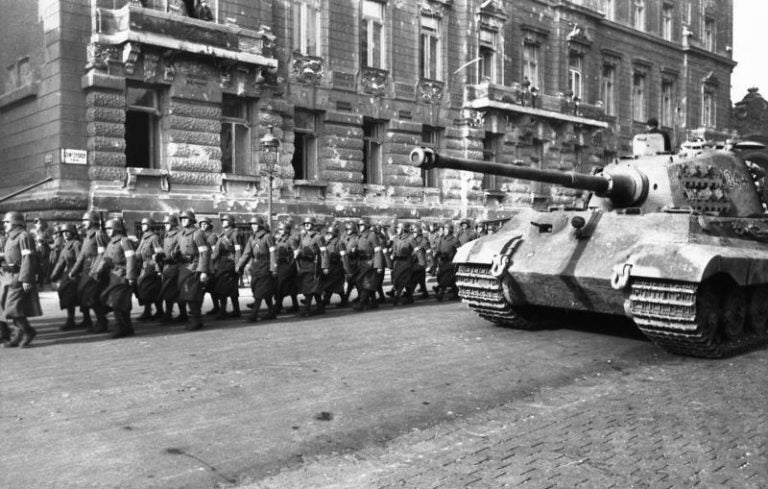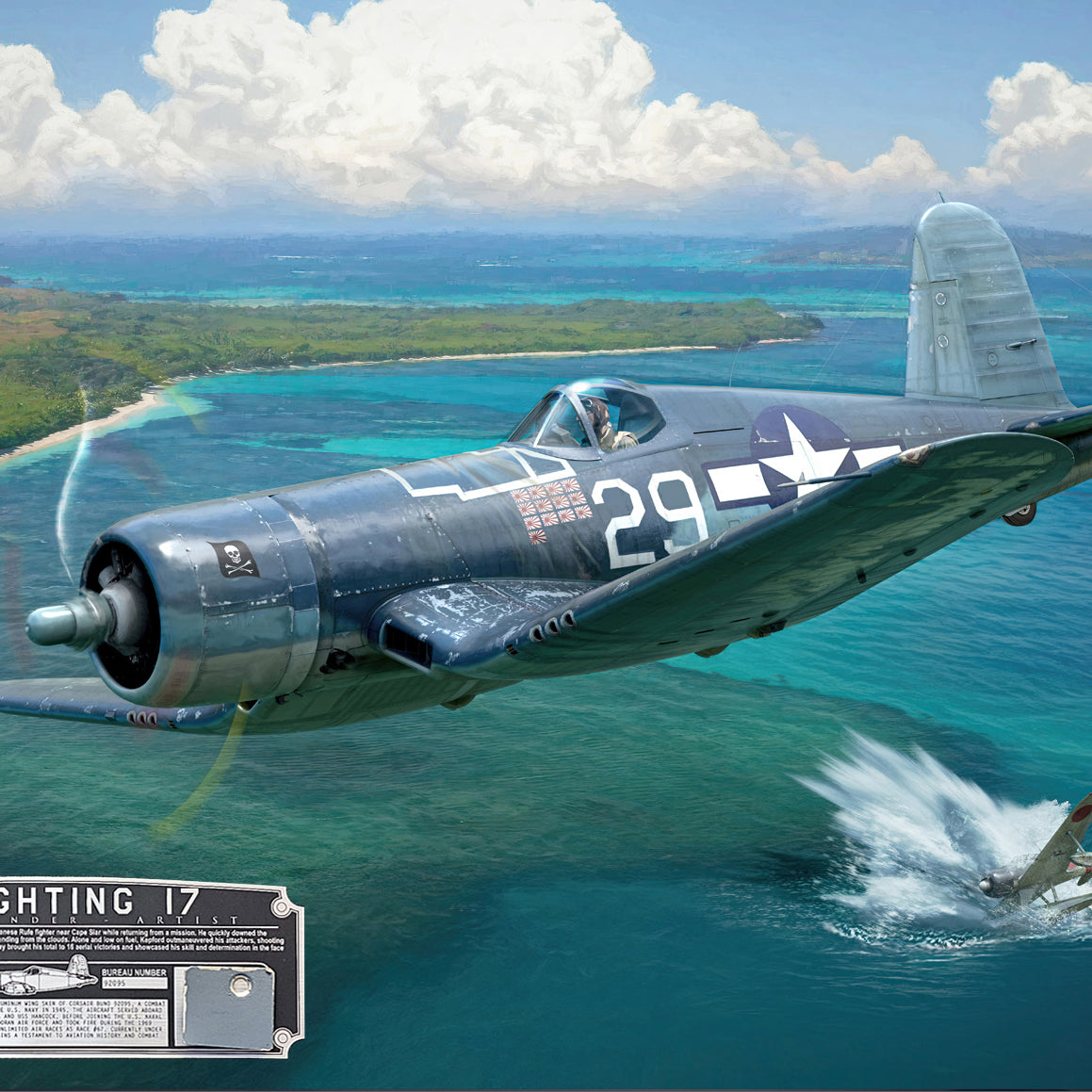The B-17 Flying Fortress stands as a testament to the technological prowess of its time and the resilience of the human spirit in the face of conflict. With its iconic silhouette and legendary role in World War II, the B-17 is more than just an aircraft. It’s a symbol of the era and a tribute to the men and women who built, maintained, and flew them into the annals of history.
The Birth of a Legend
The B-17 began its life from an Army competition held during the mid-1930s to create a new bomber aircraft design, culminating in its creation via Boeing Model 299. After testing proved positive and even after suffering tragic accidents during the testing phase, it convinced all who saw it of its potential, and an initial batch was ordered for further evaluation. The plane quickly earned the nickname “Flying Fortress” due to its defensive firepower.
World War II and the B-17
At the outset of World War II, the B-17 immediately became one of its chief contributors in strategic bombing campaigns against Germany. The aircraft’s ability to fly long distances, carry a substantial bomb load, and defend itself against enemy fighters made it a key player in the Allied strategic bombing campaign against Germany.
B-17 bombers flew countless missions over Europe in large formations that stretched for miles – commonly called bomber streams – but their crews often faced great danger from anti-aircraft fire and enemy fighters. Yet still, they flew mission after mission with devastating results against the Axis war efforts.
Legacy of the B-17
The B-17 left an indelible mark on aviation history and world affairs alike. It played a critical role in helping bring about victory during World War II. Its crews played an essential part in strategic bombing campaigns, which marked its destruction, ending the war in Europe.
Now, the B-17 is an essential link between our past and present. Surviving aircraft are highly valued among aviation enthusiasts and historians, serving as reminders of global conflict and those working tirelessly towards peacekeeping efforts.
What was the B-17 replaced with?
As technology and strategic needs changed, more sophisticated aircraft eventually eclipsed the B-17 Flying Fortress. One direct replacement for it in heavy bomber roles was the B-29 Superfortress which was larger, faster and had a longer range than its predecessor. This was especially useful during World War II’s later stages in the Pacific theater when its capacity and payload capacity became essential to long overwater flights.
After World War II, bombers continued developing thanks to jet engines and nuclear energy. Eventually, the B-29 became obsolete, replaced by bombers such as the Peacemaker, Stratojet, and then Stratofortress models, which remain active today.
Noteworthy is that while these later bombers succeeded the B-17 as strategic bombers, each served slightly differing roles and operated under diverse strategic contexts, especially with the Cold War and the development of nuclear weapons.
For more insights into the B-17 and other important military aircraft, visit Aces In Action. Here, you’ll find an amazing piece of artwork by Craig Tinder titled “Stormy Weather” that illustrates the 11 March 1945 mission of B-17G Flying Fortresses on their way to their target in Hamburg, Germany. The limited edition canvas print even includes a relic from the wing skin that was removed from B-17G N722C, known as “Texas Raiders” during a significant wing spar restoration in 2001, making it a unique piece of history!
“Stormy Weather” – B-17G Flying Fortress Aviation Art Print by Artist Craig Tinder
11 March 1945 – 33 B-17G Flying Fortresses of the 447th Bomb Group of the U.S. Army 8th Air Force take evasive action on their mission to Hamburg, Germany. Taking off from England at 0920 that morning, the heavy bombers fought their way through the German Luftwaffe only to find the target obscured by heavy cloud cover. Once the bombers discovered a slight clearance in the cloud pattern, they unleashed 78 tons of bombs directly on target. The resulting explosions caused such an upheaval of heat that the remaining cloud cover was entirely dissipated. That day, all 33 aircraft from the 447th Bomb Group returned home.






Share:
Tribute to the Tuskegee Airmen, the story behind "Longest Round Trip"
The F-14 Tomcat: A Legendary Fighter Jet of the Cold War Era